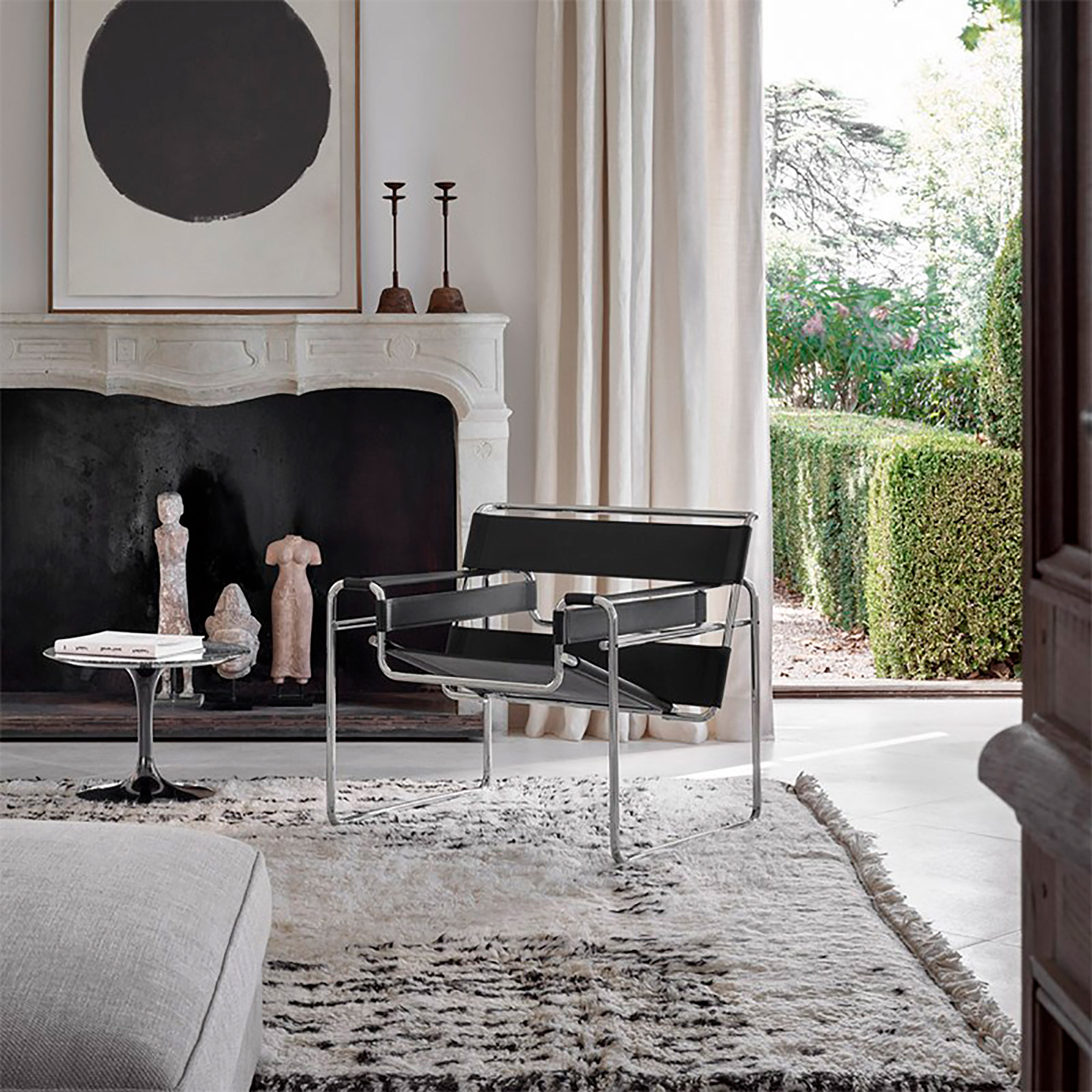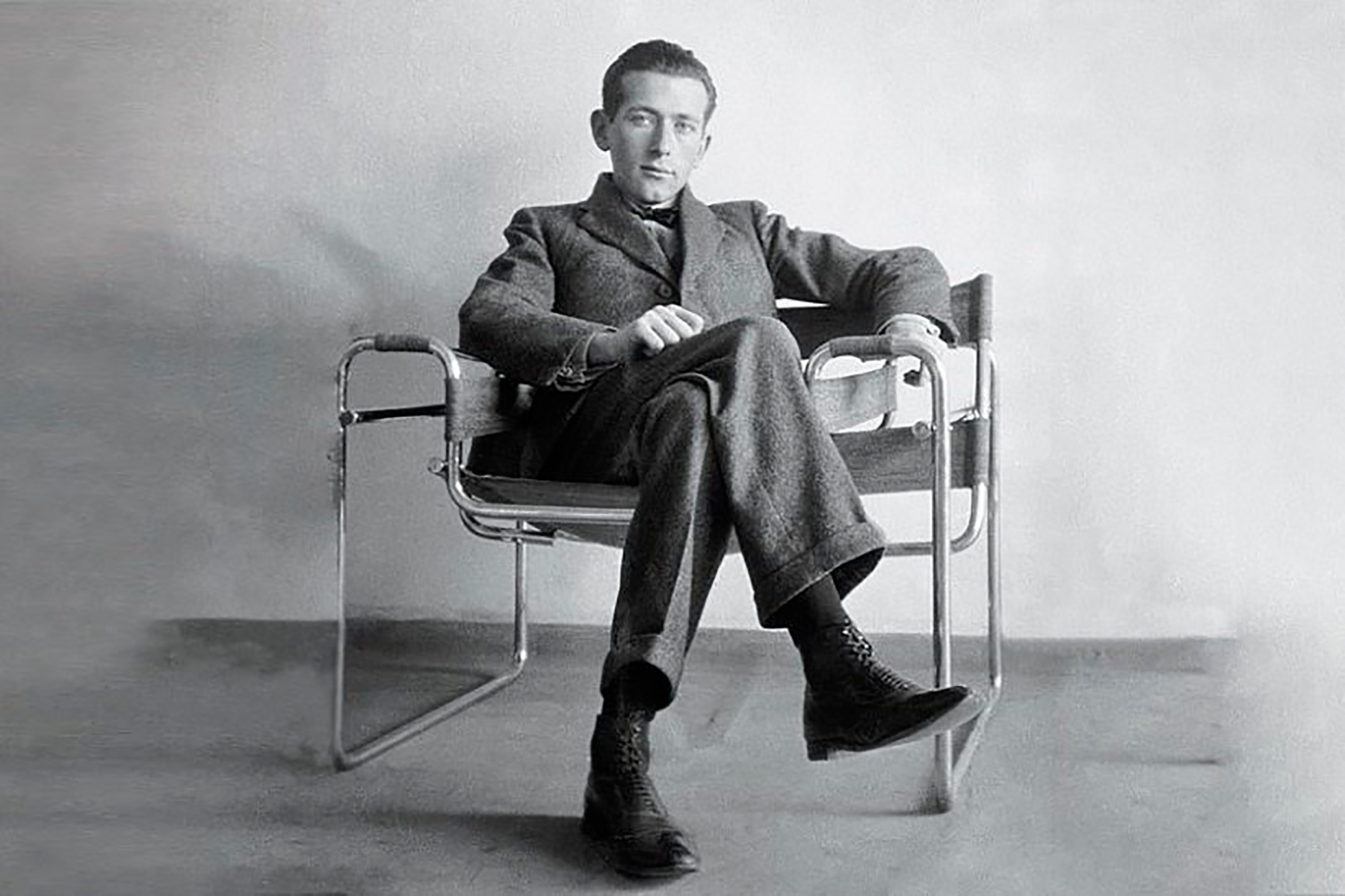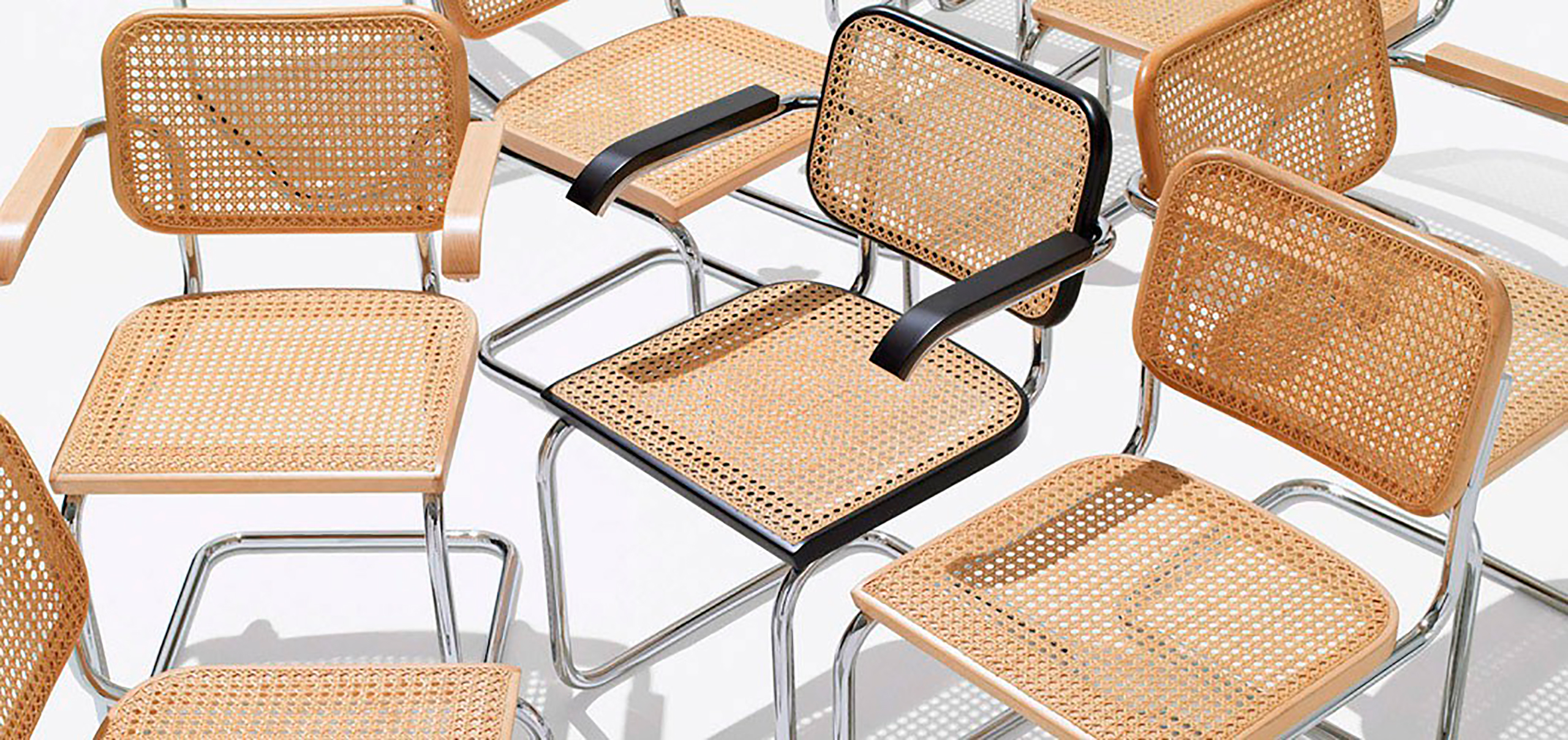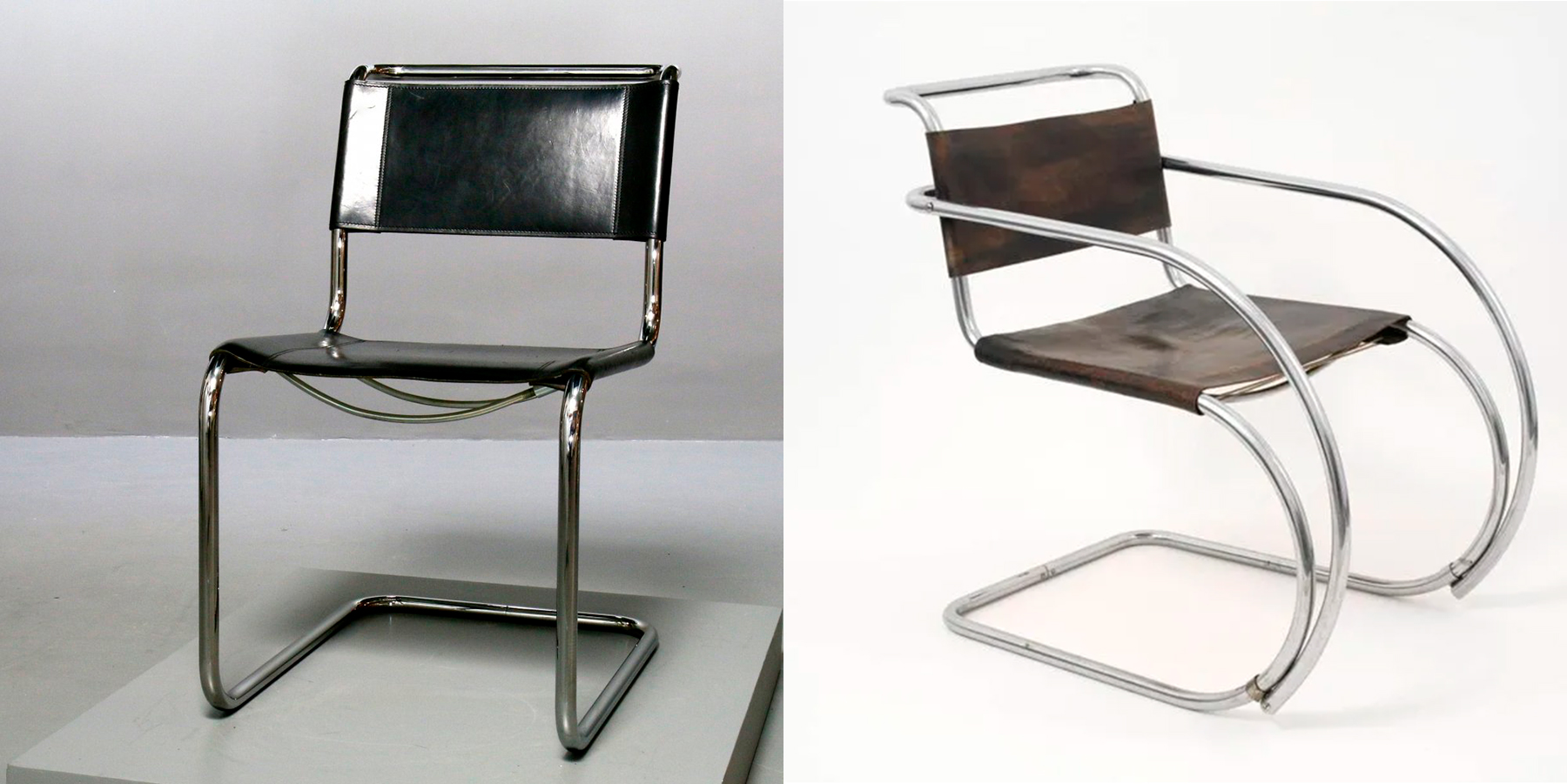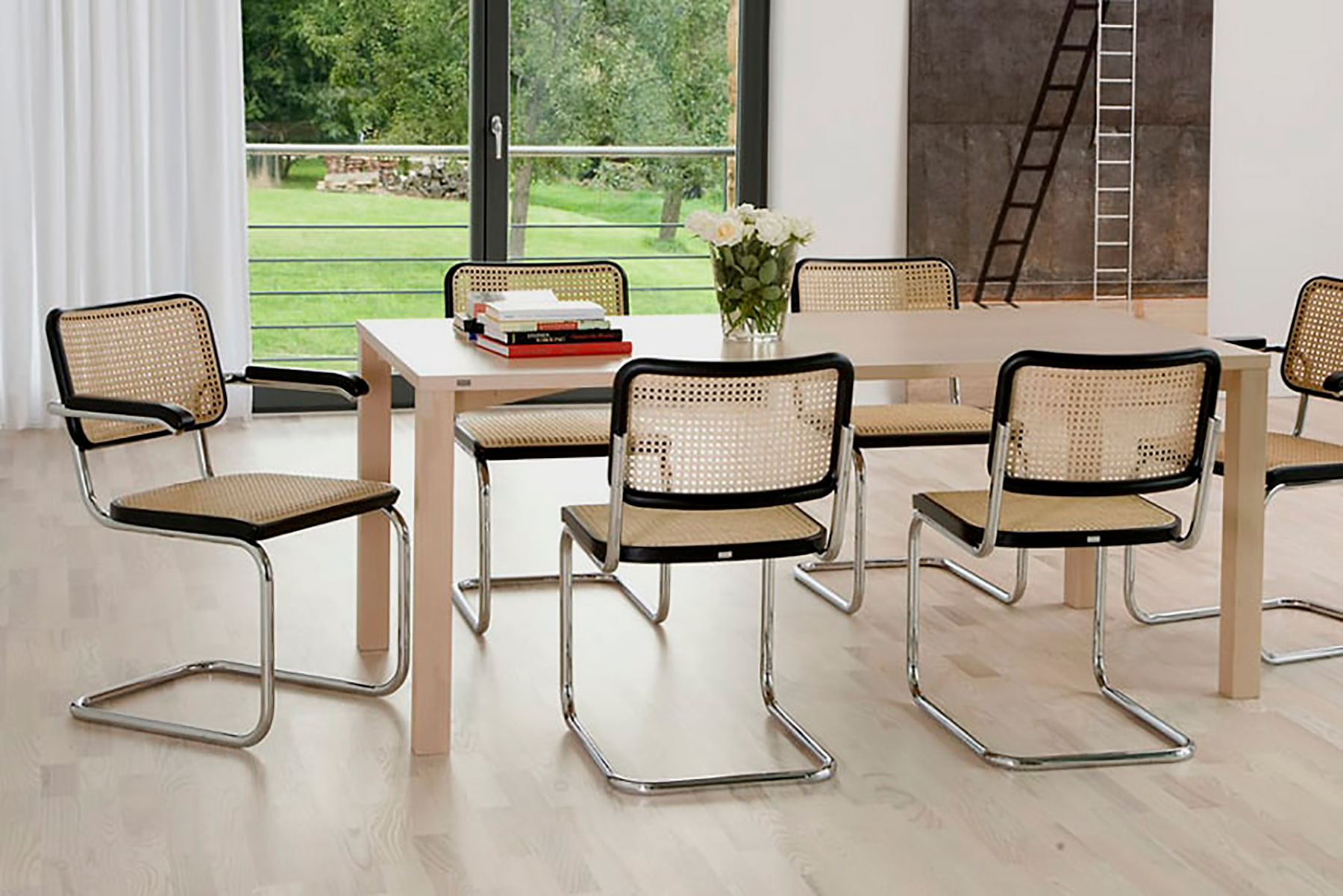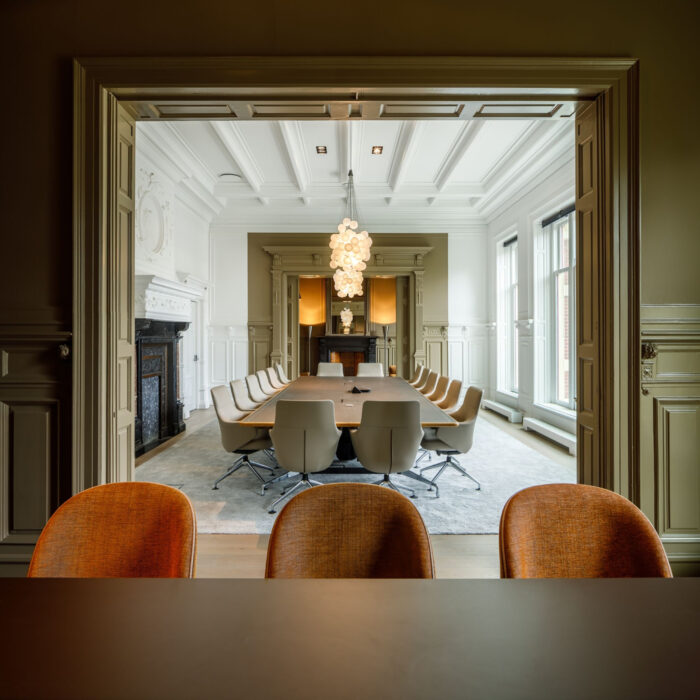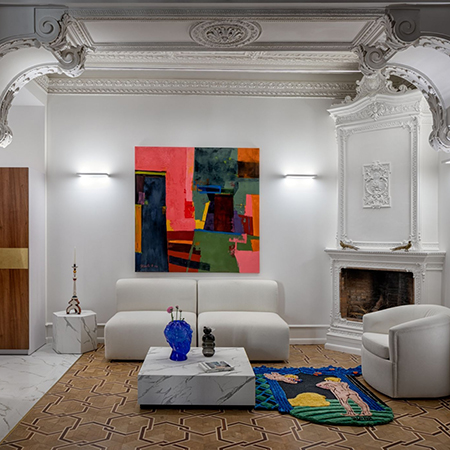Iconic designs of the XNUMXth century: discovering the legacy of Marcel Breuer
Today we want to review two iconic designs of the XNUMXth century, designed by one of the greatest architects and designers of modernity, Marcel Breuer: the Wassily armchair and the Cesca chair. Both are designs that have been produced industrially for eight decades, and have also been widely copied, imitated, and shot. That is why it is convenient to know a little about them, to distinguish the copy original.
The Wassily armchair
El Model B3, as it was originally called, it was designed in 1925, when Breuer was a cabinet-making student at the Bauhaus, at just 23 years old. It is inspired by the structure of tubular steel of his own bicycle handlebars, for which Breuer sought the help and advice of local plumbers in finding sound welding methods. Its about first tubular design that was manufactured industrially and that revolutionized furniture design.
Tubular and suspended structure
Breuer had drunk on the theories constructivists of the De Stjil movement, so his synthetic designs, later enriched with the spirit of the Bauhaus, are the result of that search for the flat and simple lines. Its solid structure from nickel plated steel tubes (which later became chromed), is combined with the flexibility of the seat, backrest and armrests, all of them suspended and supported only by the tube, made in leather or canvas.
Marcel Breuer
Born in Pésc, Hungary, in 1902, after finishing his studies at the Wiener Bauhaus, which he directed at the time Walter Gropius, he became a teacher and directed the Bauhaus furniture workshop. There he coincided with Wassily Kandinsky professor of pictorial theory, who was one of the first to test his Model B3. Later, Breuer made a copy for him for his personal use. Hence, when in the 60s, Knoll bought the rights to market it, he renamed the Model B3 as Wassily Lounge Chair in his honor. After the closure of the Bauhaus and the advent of the Nazi regime, Marcel Breuer He emigrated to the United States where he developed a successful career as an architect.
The Cesca chair
The Two versions of this famous chair, the B32 (without armrests) and the B64 (with armrests) were the starting point for the industrialized production of the tubular steel chairs, that forever changed the concept of modern furniture.
of structure of tubular steel in the form of S, carries the Viennese-style wicker mesh seat and backrests machine woven with a wooden curved frame. Here Breuer combines traditional crafts with industrial processes. In his own words: “I already had the idea of covering the seat with a taut fabric cover instead of thick upholstery. He also wanted a frame that was strong and elastic, in order to achieve clarity of form and lightness both visually and physically. Mass production and standardization had already made me interested in polished metal, shiny lines and the impeccability of space as new components for our interiors. I considered those curved and polished lines to not only symbolize our modern technology, but the technology itself.”
Left: tubular chair designed by Mark Stam. Right, curved tube model by Mies van der Rohe, both designed for the Die Wohnung (The House) Exhibition in 1927.
The chair of contention
However, Cesca is involved in one of the most controversial design episodes of the time. Breuer created the chair in 1928, but a year earlier, Mies van der Rohe and the Dutch architect and designer Mark Stam, also a professor at the Bauhaus between 1928 and 1929, they had presented two models suspiciously similar to the Breuer chair in the exhibition dedicated to the home Die Wohnung of 1927. La tubular chair by Mart Stam It was made of a continuous 20 mm diameter lacquered steel tube that formed a square figure. The seat and back were made of thick cloth or rubber.
For its part, Mies Van der Rohe presented a model, also with a skate leg, but with lines semicircular and rounded. The tube was nickel-plated and its thickness was a little greater, 25 mm in diameter. Its seat and back were made of canvas.
These two designs were inspired by seats of transport of the time (cars, planes, railways...) with the structure in the form of a cantilever. The seat suspension confirmed that rear support was not required, as the steel was strong enough to support the full weight of the seat. The oscillation it was also essential for support, so the material was ultimately perfect for the design by allowing slight movement commute.
From 1930 to the present day
As we mentioned, Breuer design your B32 chair in 1928, a model that seemed more like a variant of the Stam chair, with a thicker and more flexible tube, rounded edges, a more polished appearance and a slightly reclining backrest.
After cross accusations over which of the two had come first in designing the cantilever chair, Breuer and Stam went to trial, and in 1932, a court ruled that the patent belonged to the Dutchman. Since then, Thonet has made the chair as S32 and S64, under the authorship of Breuer but with the Art copyright Mart Stam. The Knoll firm, which bought the rights in parallel from 1960, also markets the chair as Cesca Chair, in honor of Brauer's daughter, Francesca.
